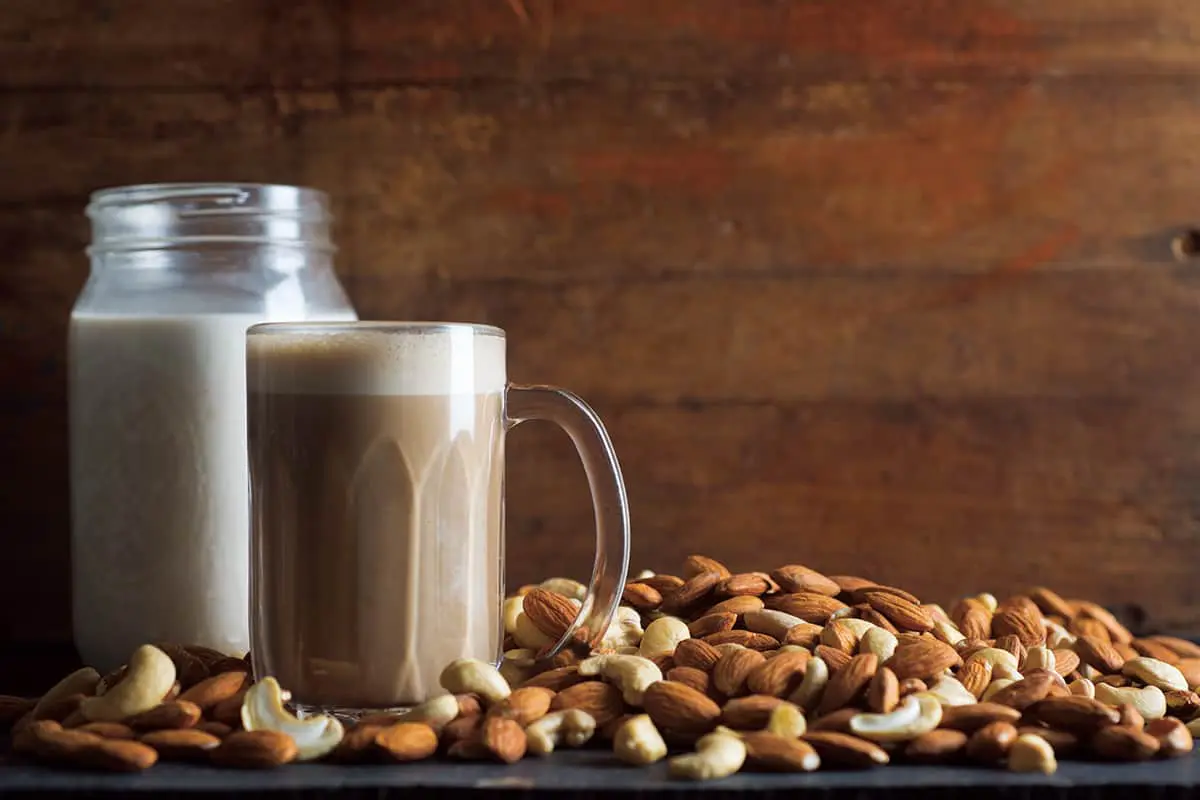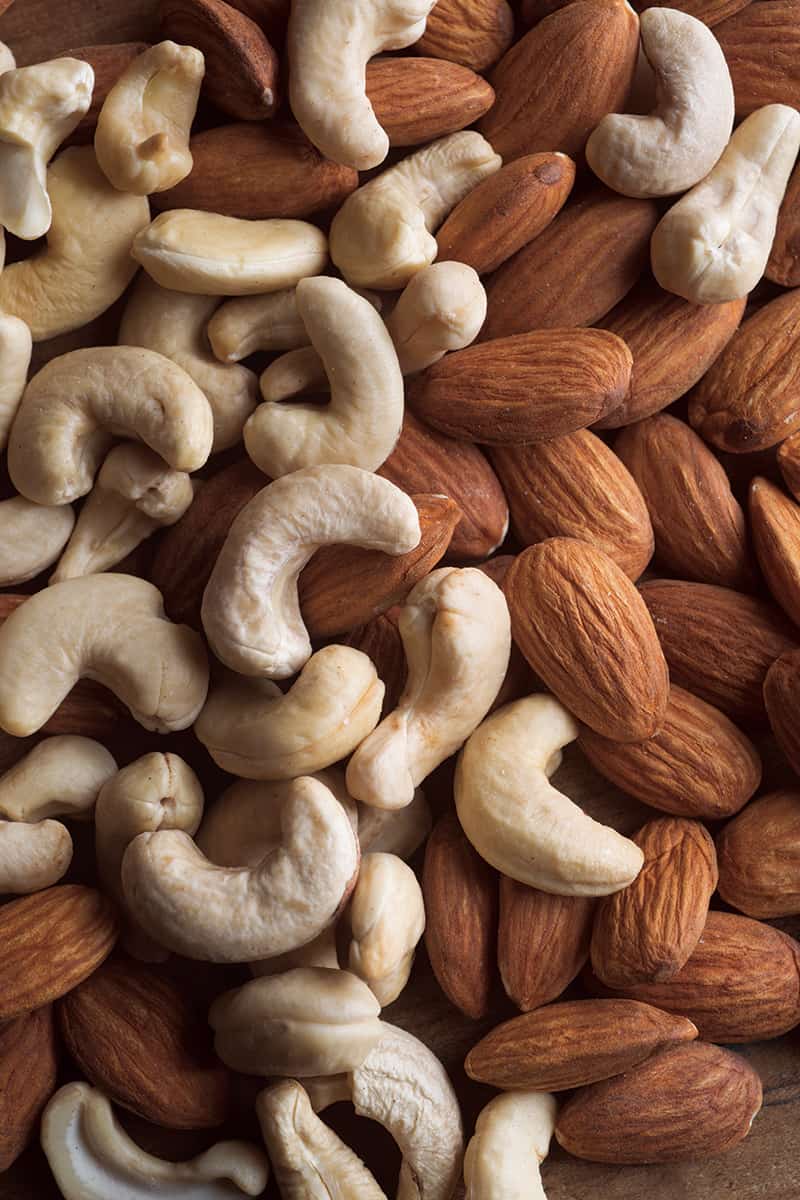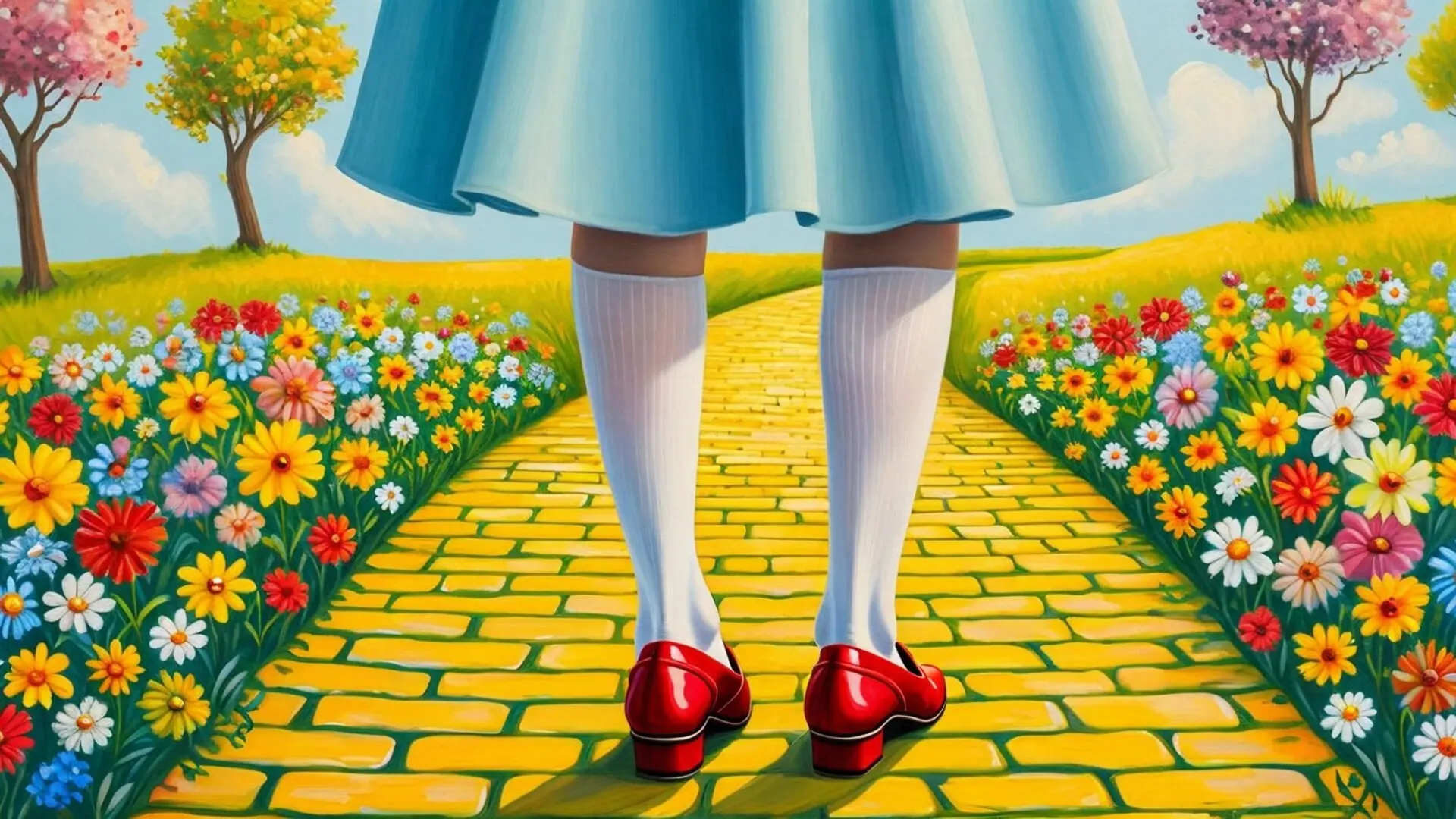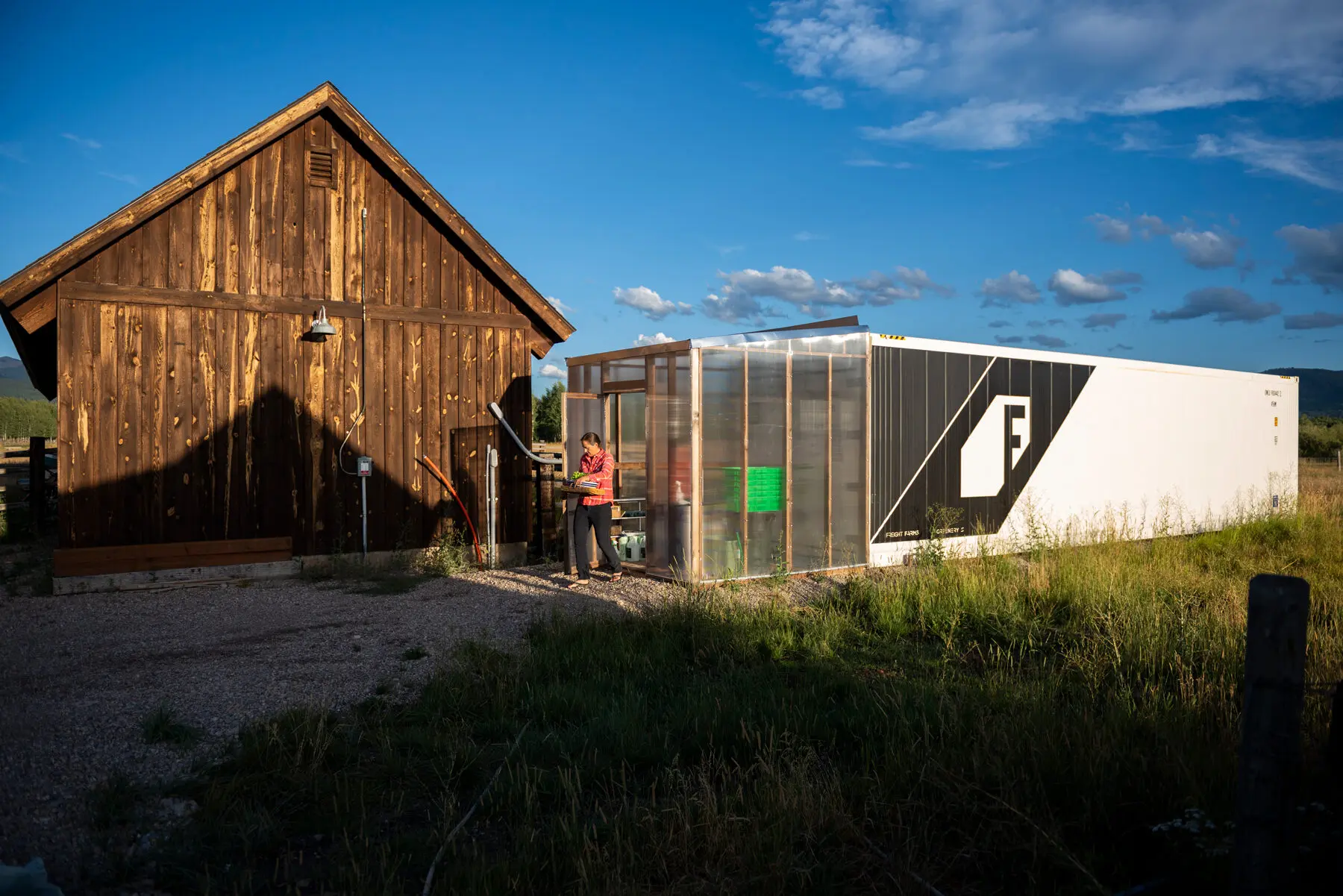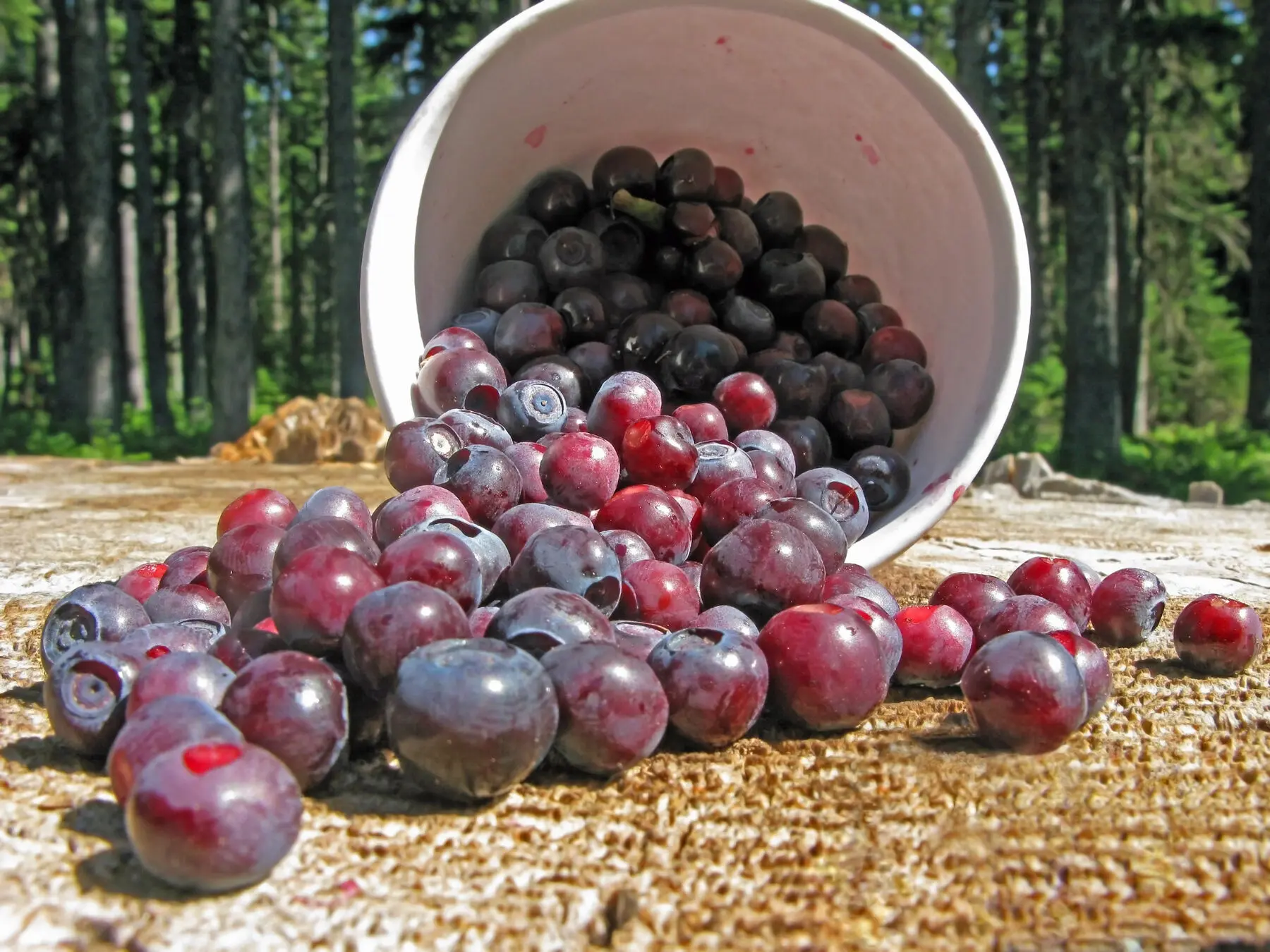By Annie Fenn, MD // Photography by Paulette Phlipot
—
When I was a young kid, a tall glass of ice cold milk meant only one thing: whole milk from a local cow, poured from a glass jar, brought to our house by the milkman. By the time I was in high school, the milkman had retired. Milk still came from a cow, but was easily procured at the grocery store in three forms: whole, 2 percent, or skim.
Now, alternative “milks” are everywhere. Milk can be made from oats, coconuts, rice, soy, and seeds such as hemp, quinoa, and flax. Just about any nut can be transformed into a milky drink. In fact, my favorite plant-based milks are made from two of the best nuts for brain health—almonds and cashews. Both of these nut milks are a dream to cook with; plus, they satisfy my post-workout thirst unlike any sports recovery drink could.
You can’t beat the convenience of buying nut milks at the grocery store, but I prefer the fresh, creamy taste of homemade. Besides, processed milks usually contain thickeners, stabilizers, emulsifiers, and sweeteners (YUCK!), and the nut content is diluted down to just a few nuts per cup. By making nut milk from scratch, I get to choose the best quality nuts and pack as many as possible into each batch. I also have the option of sprouting my almonds (cashews don’t sprout), or giving them an extended soak for up to 48 hours, which may enhance the absorption of nutrients.
Almonds have long been appreciated for their ability to lower blood cholesterol and reduce the risk of heart disease. Both almonds and cashews contain concentrated amounts of Vitamin E—a powerful antioxidant known to reduce inflammation in the brain (a process that may contribute to the development of Alzheimer’s; see related story on page 34. And although both cashews and almonds are high in calories and fat, it’s the healthy kind of fat (monounsaturated), so eating them may actually help you lose weight.
Making homemade nut milk starts with choosing the best nuts. But should you splurge for the organic almonds and cashews? While it’s best to use organic to avoid exposure to pesticide residues, the price difference between organic and conventionally grown nuts is substantial. So I usually don’t sweat using conventionally grown, since soaking and rinsing is part of the milk-making process anyway. I reason that most of the pesticide residue will be washed away in the process.
All you need to make my Vanilla Almond Milk are good quality almonds, a powerful blender, a nut milk bag or cheesecloth, and time—it takes eight hours of soaking to make almonds soft enough to be transformed into milk. The Cashew Coffee is even easier and much faster (no soaking required). Just whiz freshly made coffee in a blender with a handful of cashews, a dash of salt, and a touch of honey. Within seconds you’ll be saying hello to your new favorite latte.
Vanilla Almond Milk
—
Makes about 5 cups
—
1 1/2 cups raw, unsalted almonds or cashews
4 cups water, plus more for soaking
1 pinch kosher salt
1 teaspoon vanilla extract, or the scrapings of one vanilla bean
2 dates, pitted or 1 teaspoon honey (optional)
- Place almonds in a deep bowl and cover with fresh water. Soak overnight at room temperature or up to 12 hours.
- Rinse nuts in a colander, discarding the soaking water.
- Place nuts, water, salt, vanilla, and dates or honey (if using) into a blender and add 4 cups fresh water.
- Blend on high speed for 5 minutes or until the nuts are pulverized and the mixture is smooth.
- Strain through a nut milk bag placed over a large bowl. Or line a colander with a double thickness of cheesecloth and place over a large bowl.
- Squeeze bag or cloth to extract all of the milk from the pulp.
- Pour the almond milk into a glass jar with a tight fitting lid. Store in the fridge for up to 3 days. Shake well before serving.
Note: Substitute raw, unsalted cashews, hazelnuts, pistachios, pecans, or walnuts for different flavors. For a creamier texture, add 1/2 cup of raw oats or cooked rice before blending.
Note: Leftover almond pulp can be used as almond meal for baking. Place the pulp on a baking sheet and dry in the oven on its lowest setting for about 6 hours. For a finer texture, pulse the dried meal in a food processor.
Cashew Coffee
—
Serves 2
—
2 cups freshly brewed coffee
1/4 cup roasted or raw cashews
1 pinch sea salt (omit if using salted nuts)
1 dash of honey, to taste
- Brew coffee to your liking and pour into blender while still very hot. Add cashews, honey, and salt.
- Blend on low speed for 15 seconds, on medium speed for another 15 seconds, and then on high speed for the last 15 seconds or until the coffee is frothy and smooth.
- Pour into a mug and enjoy. Or, chill briefly and pour over ice for an iced coffee.
Don’t almonds hog water?
—
Almond milk has been scrutinized as a water-hogging food because it takes 24 gallons of water to produce 1/4 cup of almonds. While that sounds like a lot, almonds, walnuts, pistachios, and cashews actually fall in the middle of the water-use scale—more than some foods, but less than most. For example, it takes 220 gallons of water to produce one avocado and 180 gallons for each 1/2-cup of blueberries. But no fruit or vegetable product sucks up as much water as what is needed to produce meat—an average of 850 gallons of water is required to produce one 8-ounce steak. I don’t stress about how much water it takes to produce my nuts; calorie for calorie, it’s a good use of agricultural water.
Sprouting
—
You will need to seek out unpasteurized almonds if you plan to sprout them. And since the U.S. Government now requires pasteurization of all almonds (due to a series of Salmonella outbreaks traced back to nut consumption in 2007), even the ones labeled “raw” probably are not. Real unpasteurized almonds can be found online, at some farmer’s markets (small organic farms are not required to pasteurize), and from purveyors outside the U.S. Freshness is key when buying unpasteurized nuts, since they are truly raw and can go rancid within a few months. To play it safe, store them in the freezer.
For Kids
—
Cow’s milk is still considered the best choice for children, unless they are allergic to milk protein or are lactose intolerant. Plant-based milks have not been proven to provide as much calcium, Vitamin D, and protein (for growing teeth and bones) as traditional cow’s milk.

